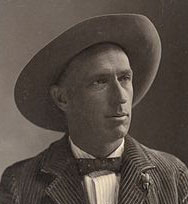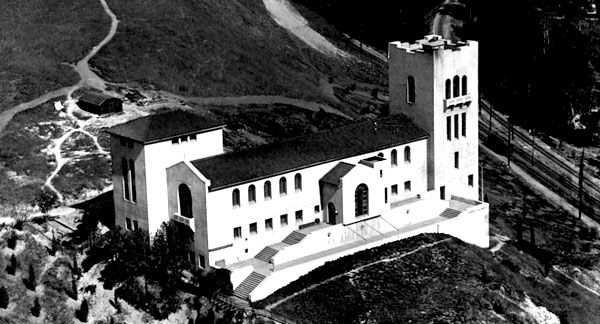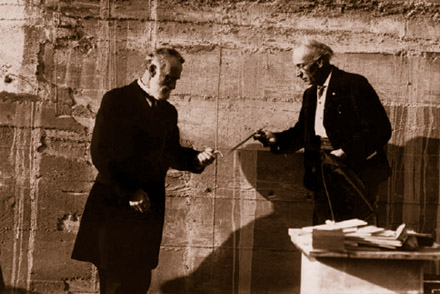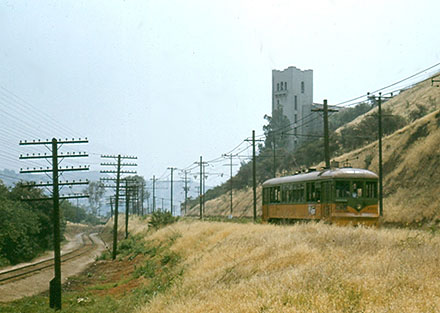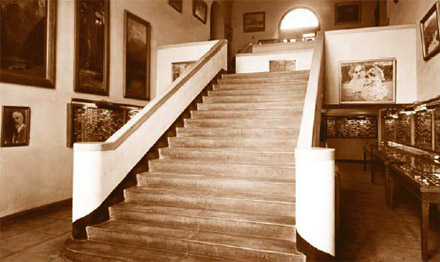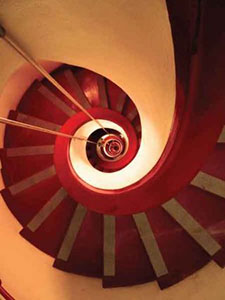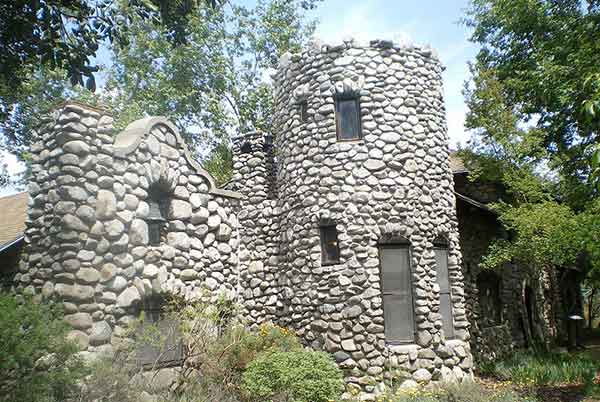Why is the Southwest Museum so important?
“The Southwest Museum represents the life-long work of Lummis to preserve Southern California’s native cultural heritage through conservation and archeology.” National Register of Historic Places Registration
Imagine, if you will, the craziness of walking from Cincinnati to Los Angeles. In winter. All 2,200 miles. You’d need a sturdy pair of shoes, right? And a good map. Now imagine doing it in 1884.
This is how journalist, poet, adventurer, Indian rights activist, photographer, preservationist and founder of the Southwest Museum, Charles Lummis first came to LA. He was an extraordinary man, full of goodwill and curiosity who lived a big life punctuated with many hardships and high times. However, it is through his prolific collection of Native American and pueblo art—and his vision for the populace to study, preserve, view and enjoy that art—through which his legacy continues.
Early Southwest Museum
The Southwest Museum first opened in downtown LA in 1907 by the Southwest Society of which Lummis was the leader. Drawing on Lummis’ already immense collection of Native-American and Pre-Columbian artifacts, its mission was to be a comprehensive museum covering the history, science and art of the American Southwest.
In 1914, the Museum opened at its present location in Mount Washington, after a purpose-built, visionary building was constructed.
The original 38-acre site was chosen for its visibility, views and seclusion. The majestic hilltop overlooked the undeveloped Arroyo Seco River and Lummis’ home, El Alisal. Yet the location was also convenient for visitors, accessible by automobiles and the Yellow Car rail line, and only a few short miles north of downtown.
The new museum was designed by notable architect, Sumner P. Hunt in Spanish Colonial Revival Style, as part of Hunt’s desire to incorporate the region’s heritage in his development of modern Los Angeles architecture.
Hunt collaborated closely with Lummis to create an architectural acknowledgement to the mission architecture of early California with inspiration from the historic Alhambra palace and fortress in Spain.
However, the Museum’s reinforced concrete construction and infrastructure was considered modern for its time. It was also considered an important contribution to the cultural and educational landscape of fledgling California. The LA Times described the Museum’s expansion as “One of the most important foundations for education ever made in any part of the West.”
In 1919, due to its steep incline and lack of a driveway, a Mayan-inspired entrance was added on Museum Drive, which made the Museum accessible via a tunnel and elevator. Set into the walls of the portal tunnel are dioramas illustrating various ways of Native American life.
Southwest Museum Heyday
Visitors could view some of the 238,000 Native American artifacts—still the biggest and most important in the United States—marvel at the snail-shaped spiral staircase leading up to the now-iconic Caracol Tower and admire the fantastic views or study the vast collection of Native American baskets in the Caroline Boeing Poole Wing of Basketry (completed 1941).
Exhibits were divided up by their regional origin: Southwest, California, North Pacific, Plains, Prehistoric Pueblo and Oriental Arts.
In 1971 the Braun Research Library was completed, adding to the Southwest Museum’s importance as a vast repository of history, education and resources for scholars, historians and art lovers alike.
Landmark Status
The Southwest Museum is recognized as a landmark of significant historic value and listed on several registers:
- National Report of Historic
- City of Los Angeles Historic-Cultural Monument #283
- California Register of Historical Resources
- National Register of Historic Places
More About Charles Lummis
It is likely Charles Lummis would be extremely disappointed by the current state and lack use of the Southwest Museum.
While the Autry Centre may correctly claim that Lummis’ impressive, valuable collection of southwestern and Native American artifacts stands tall in its own right, they would be wrong in assuming it is not intrinsically bound to the building created to house it and the neighborhood that evolved around it.
And the man who amassed that collection, not for his own enjoyment, but to ensure its preservation.
Lummis did not just want to build a museum. According to the National Register of Historic Places he “envisioned the eventual development of a cultural acropolis dedicated to the civilizations of all the Americas, and culminating in a Mayan temple at the very top of the hill.”
Because Charles Lummis was a man who cared passionately about the preservation of Native American and Hispanic ethnic, culture and history—and was one of the few who recognized its importance and value—a great deal of Los Angeles’ past heritage was saved.
Without him, “LA’s past which was constantly threatened due to the area’s unbridled growth and would likely have been destroyed and forgotten.”

